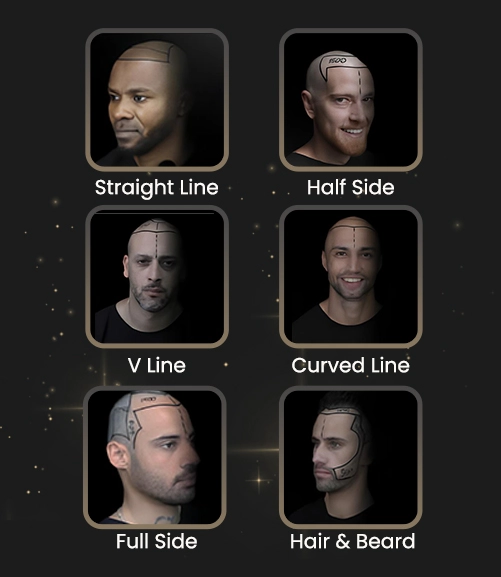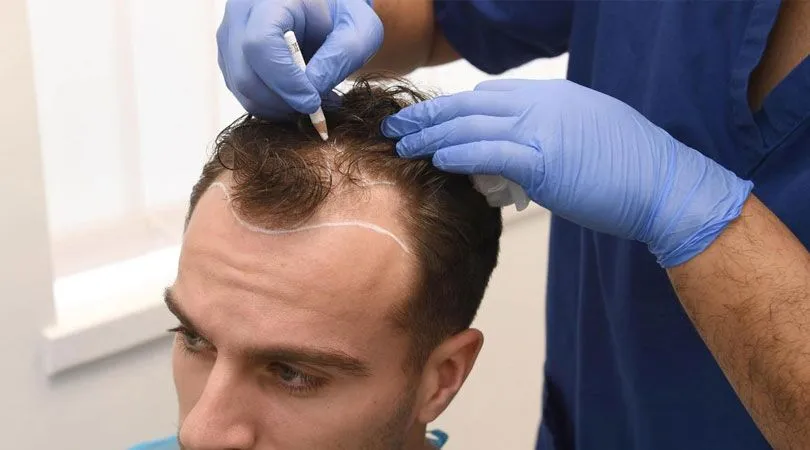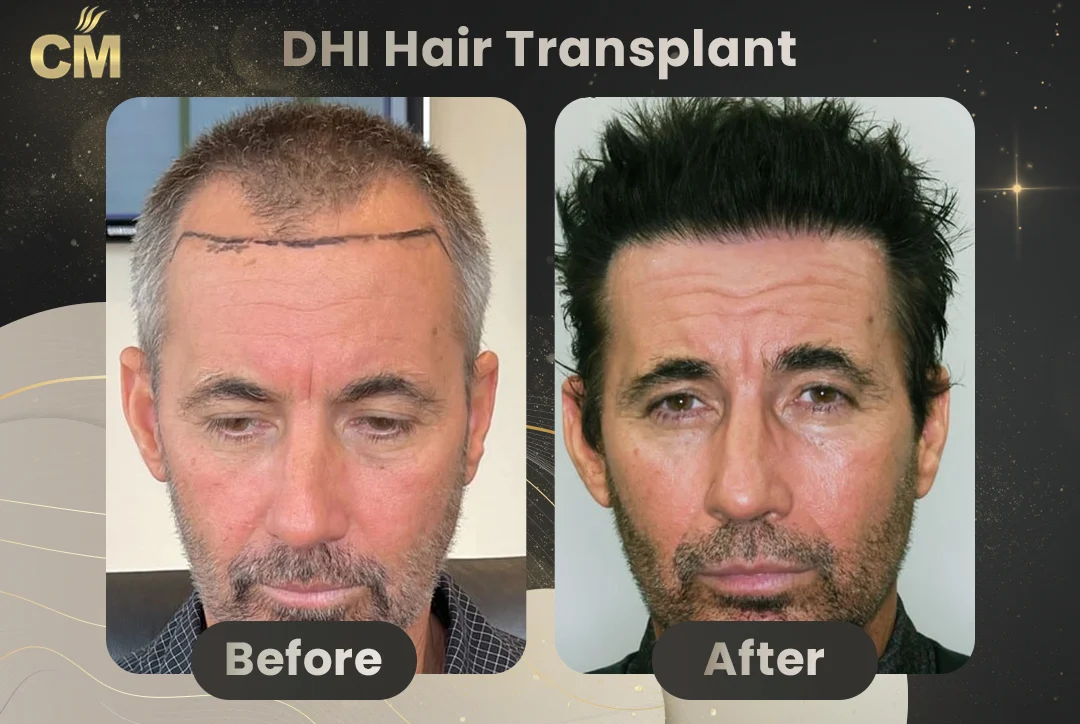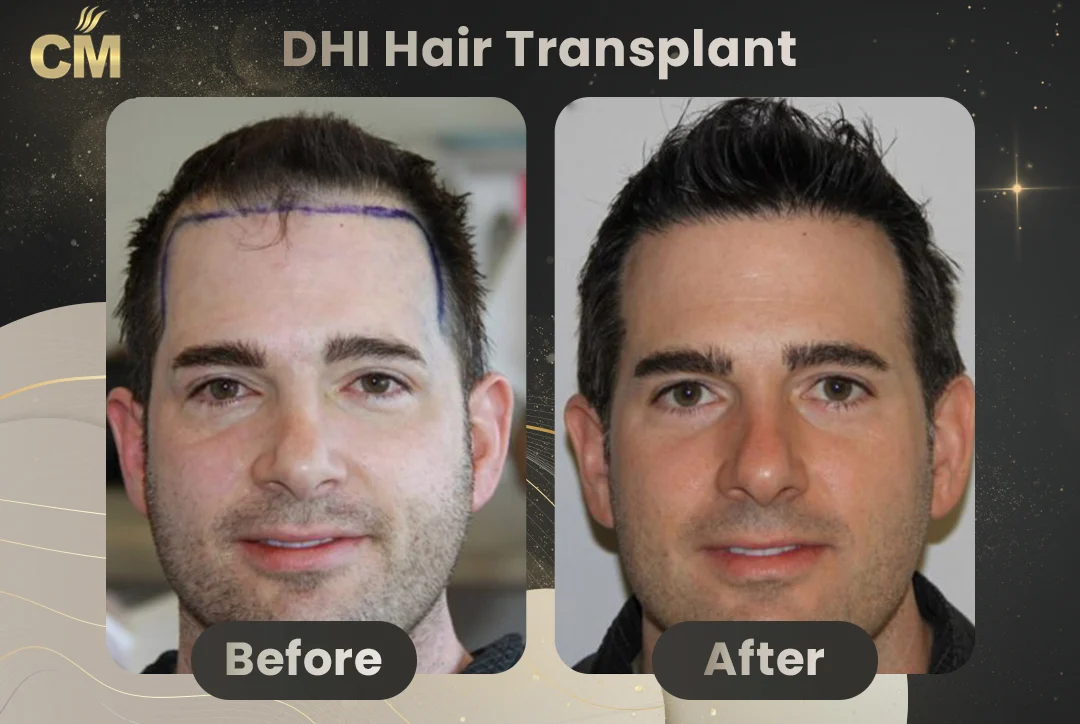Hairline Transplant in Turkey
The hairline serves as the frame of the face. It shapes first impressions, influences facial harmony, and plays a key role in self-confidence. When hair loss begins to affect the frontal hairline, it can significantly alter one’s appearance. Hairline transplantation has emerged as a transformative solution, restoring balance and creating a youthful, natural look. For many patients, a hairline transplant in Turkey offers the perfect combination of advanced techniques, skilled surgeons, and cost-effective packages. Turkey has become a global leader in hair restoration, attracting individuals worldwide seeking precision, artistry, and lasting results.
The Art and Science Behind Hairline Design
A successful hairline transplant blends medical expertise with artistic vision. Several factors shape the design:
-
Facial Shape:
-
Oval faces can adapt to many hairline shapes.
-
Round faces benefit from slightly arched hairlines to elongate appearance.
-
Square faces look softer with a rounded hairline.
-
Heart-shaped faces gain balance from wider, lower peaks.
-
Long faces appear shorter with a gently curved, lower hairline.
-
-
Age: Hairlines naturally recede over time. Younger patients may prefer a lower, sharper design, while mature individuals often choose a softer, higher hairline that reflects natural aging.
-
Facial Measurements and Muscles: Surgeons must account for forehead muscles and natural proportions. A hairline drawn too high or above muscle lines looks unnatural.
-
Patient Preferences: Personal goals and expectations guide the final design. Collaboration between the surgeon and patient ensures satisfaction.
-
Hairline Characteristics: Surgeons focus on tailoring the design to each individual’s features and goals, rather than following traditional gender-based patterns. This ensures natural, personalized results for every patient.

How Is a Hairline Transplant Performed?
The process of restoring the hairline is carefully planned and executed in several steps to ensure a natural and lasting result:
1. Consultation and Design
The surgeon evaluates facial shape, age, muscle placement, and personal preferences. Using digital imaging and laser guidance, they design the most suitable hairline for the patient.
2. Local Anesthesia
A needleless anesthesia system is applied to ensure the patient feels no pain during the procedure.
3. Extraction of Follicles
Surgeons use the FUE technique to extract healthy hair follicles from the donor area, usually the back or sides of the scalp. These follicles are preserved in a protective solution until implantation.
4. Preparation of the Recipient Area
With techniques like Sapphire FUE or DHI, micro-channels are created in the hairline zone. The angle, depth, and direction are precisely controlled to match natural growth patterns.
5. Implantation of Follicles
Single hair grafts are placed along the very front of the hairline for softness, while double and triple grafts are placed behind them for density. Follicles are implanted in a zigzag pattern to mimic natural irregularity.
6. Post-Procedure Care
The surgeon provides aftercare instructions to support healing and graft survival. Within months, new hair growth begins, blending seamlessly with the existing hair.
How Surgeons Achieve a Natural Hairline
To avoid an artificial or “pluggy” look, surgeons consider key details:
-
Density: Hair gradually increases in thickness behind the hairline, mimicking natural growth.
-
Angle of Implantation: The direction of grafts determines how naturally the hair falls.
-
Hair Caliber: Fine, single hairs create a soft frontal edge, while thicker hairs behind add volume.
-
Zigzag Pattern: Follicles are placed in micro-triangles rather than straight lines for a realistic look.
-
Temporal Peaks: Properly designed temporal peaks blend the hairline with the temples, creating symmetry.
-
Donor Hair Quality: Strong, healthy follicles from the donor area ensure better long-term outcomes.
The surgeon’s expertise is central. Precision, aesthetic judgment, and surgical skill determine the difference between an average result and an exceptional transformation.
Designing Your Hairline with Precision Technology
Modern clinics use advanced tools to improve planning and outcomes:
-
Consultation: Patients discuss goals and explore different design options.
-
Digital Imaging: Software simulates potential hairlines, allowing patients to visualize results before surgery.
-
Laser Guidance: Surgeons use lasers to map the ideal hairline, ensuring symmetry and accuracy.
Benefits of Laser-Guided Hairline Design
-
Precision: Prevents uneven or unnatural results.
-
Customization: Tailors the design to the patient’s features.
-
Efficiency: Saves time and ensures accurate graft placement.
-
Predictability: Helps patients understand the expected outcome in advance.
Who Is a Candidate for Hairline Transplant?
Hairline transplantation is ideal for:
-
Individuals with early-stage hair loss affecting the frontal hairline.
-
People seeking correction of naturally high foreheads.
-
Patients wanting to restore balance after trauma or previous unsatisfactory surgery.
-
Individuals with strong donor hair who want a denser, youthful frame for the face.
-
Busy professionals who value quick recovery and discreet results.
Disadvantages and Considerations
-
Requires experienced surgeons poor technique can lead to unnatural results.
-
Limited by the quality and availability of donor hair.
-
Patients must have realistic expectations; a lower than natural hairline may not age well.
-
As with all surgical procedures, there are risks of swelling, infection, or uneven growth if aftercare is not followed.
Cost of Hairline Transplant in Turkey
The cost of hairline transplant in Turkey varies based on graft count, clinic, and surgeon expertise. On average, Turkey offers prices significantly lower than Western Europe or North America, while maintaining world-class standards.
ClinMedica provides personalized packages including surgery, accommodation, transfers, and aftercare. This makes Turkey a cost-effective and attractive destination for individuals considering hairline restoration.
Recovery After Hairline Transplant
Recovery is relatively quick:
-
First few days: Minor redness and swelling subside.
-
7–10 days: Scabs fall off naturally.
-
Weeks 3–6: Transplanted hairs shed temporarily (shock loss).
-
3–4 months: New hair begins to grow.
-
9–12 months: Full, permanent results become visible.
Following post-op care, such as keeping the scalp clean and avoiding direct trauma, is crucial for graft survival.



